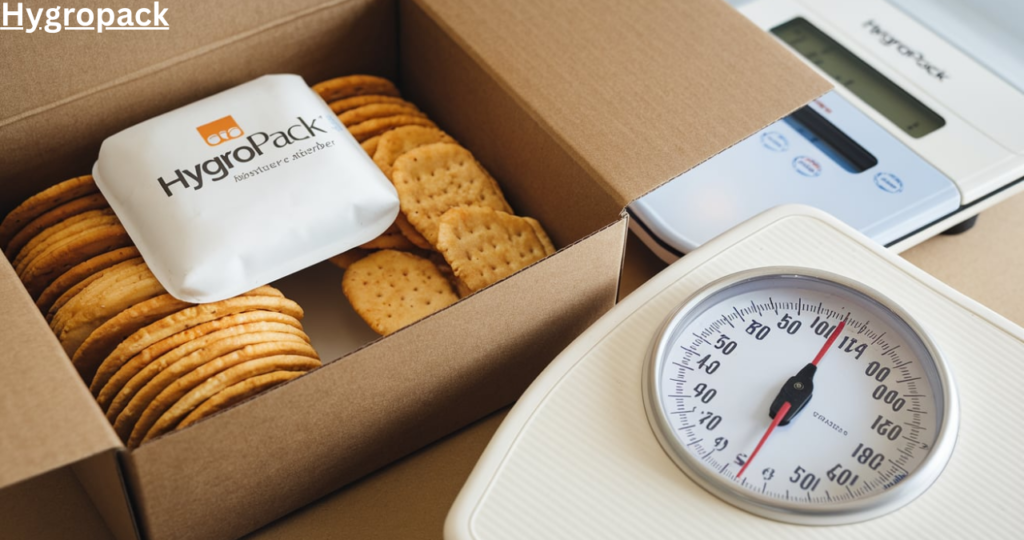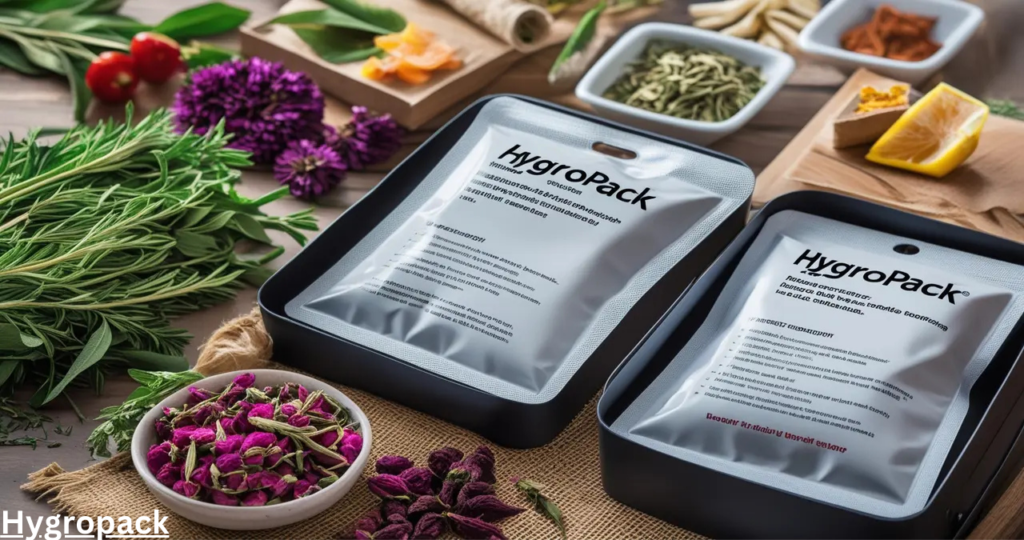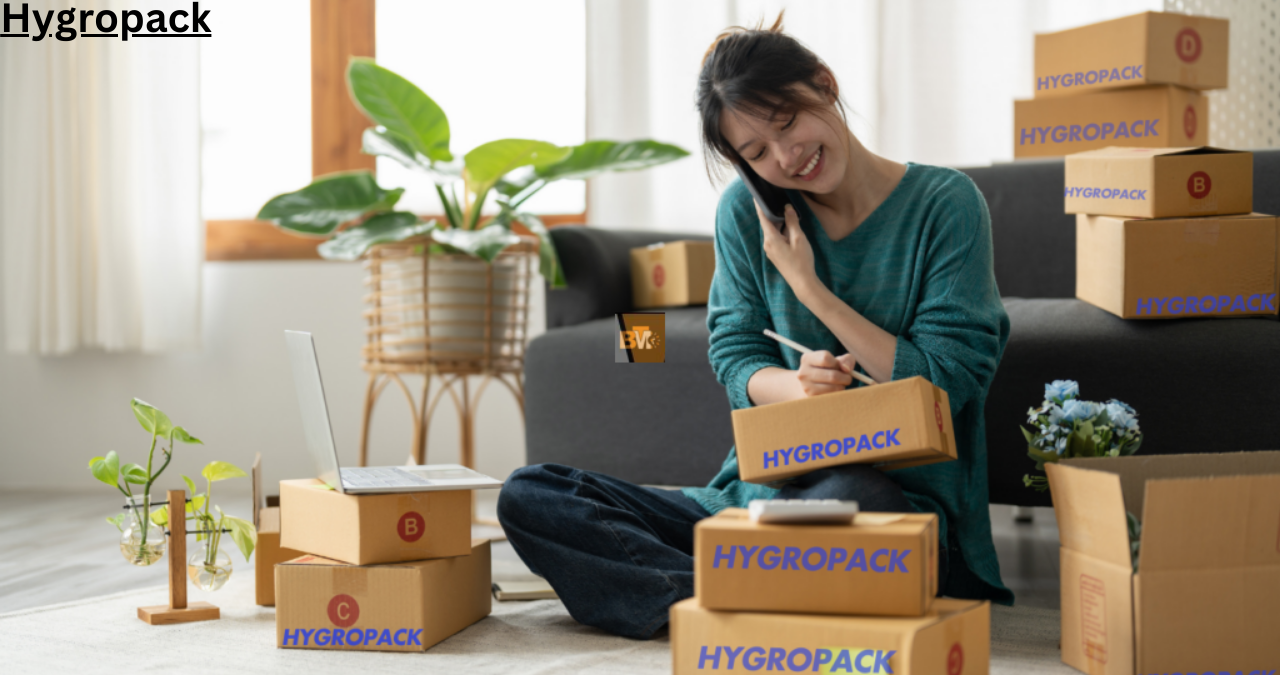Hygropack are an essential tool for maintaining ideal humidity levels in various environments. Whether you’re storing food, pharmaceuticals, or sensitive electronics, proper humidity control can make all the difference in preserving product quality. These specialized moisture control packs help prevent issues like mold growth, product degradation, and loss of potency in moisture-sensitive materials.
Understanding the function and application of hygropacks is crucial for industries and individuals looking to extend the shelf life of their products. In this comprehensive guide, we’ll explore how hygropacks work, their benefits, and how to choose the right one for your needs.
Understanding Hygropacks
What Are Hygropacks?

Hygropacks are small, self-contained packets designed to regulate humidity within a controlled environment. They consist of a blend of salts and moisture-absorbing materials that can either release or absorb moisture, maintaining a consistent relative humidity (RH) level. These packs are widely used in industries where moisture control is critical, such as food preservation, pharmaceuticals, and electronics storage.
Unlike desiccants, which only absorb moisture, hygropacks work bidirectionally, meaning they add or remove moisture as needed to achieve an optimal humidity balance. This makes them a more advanced solution compared to traditional silica gel packs or other moisture-absorbing products.
How Hygropacks Work
Hygropacks use a scientifically formulated combination of salts and a moisture-sensitive membrane to maintain a pre-set RH level. When the surrounding air is too dry, the hygropack releases moisture to increase humidity. Conversely, if the air is too humid, it absorbs excess moisture, ensuring stable conditions.
Different hygropacks are available for varying RH levels, typically ranging from 32% to 84%, depending on the needs of the stored product. This ability to regulate humidity ensures that delicate items, such as cigars, dried herbs, and pharmaceutical tablets, remain in their best condition without the risk of drying out or becoming overly moist.
Applications of Hygropacks
In the Food Industry

Moisture plays a crucial role in food preservation, influencing texture, taste, and shelf life. Excess humidity can lead to mold growth, bacterial contamination, and spoilage, while low humidity can cause drying and loss of flavor. Hygropacks help maintain the optimal moisture balance, preserving the freshness of products such as baked goods, coffee, and specialty foods.
Additionally, compliance with food safety regulations is a key concern for manufacturers. Hygropacks ensure that packaged food remains within safe humidity levels, preventing health risks and reducing food waste.
In the Pharmaceutical Sector
Pharmaceutical products, including tablets, capsules, and powders, are highly sensitive to moisture. Too much humidity can cause medications to degrade, lose potency, or clump together, while excessive dryness may alter their chemical composition.
Hygropacks help maintain the ideal storage conditions for pharmaceuticals, ensuring they remain effective throughout their shelf life. Many regulatory bodies, including the FDA, require specific humidity levels for pharmaceutical storage, making hygropacks an essential component of compliance and quality control.
In Electronics and Equipment Storage
Electronics are particularly vulnerable to moisture, which can cause corrosion, short circuits, and irreparable damage. Components such as circuit boards, semiconductors, and precision instruments require dry and stable storage conditions to function properly.
Hygropacks prevent condensation and moisture-related damage in storage containers, ensuring that electronic devices and parts remain in optimal working condition. This is especially important for businesses dealing with large-scale manufacturing, distribution, or long-term storage of electronic equipment.
In the Cannabis and Tobacco Industry
Maintaining the right humidity level is crucial for preserving the potency, aroma, and texture of cannabis and tobacco products. If the humidity is too low, the products become brittle and dry, leading to harsh smoke and reduced efficacy. On the other hand, excessive humidity can promote mold growth and degradation.
Hygropacks help maintain the ideal RH (typically 58% to 62%) for cannabis and tobacco, ensuring a consistent and high-quality experience for consumers. This makes them a must-have for dispensaries, cigar aficionados, and home storage.
Other Common Uses
Beyond these industries, hygropacks are also used for:
- Art and document preservation: Preventing paper from becoming brittle or moldy.
- Musical instrument care: Maintaining wooden instruments like guitars and violins.
- Industrial and military applications: Protecting sensitive equipment in extreme environments.
Choosing the Right Hygropack

Factors to Consider

When selecting a hygropack, consider the following:
- Humidity level requirement: Choose a pack that maintains the ideal RH for your product.
- Size and capacity: Ensure the pack can regulate humidity effectively based on the storage volume.
- Shelf life and reusability: Some hygropacks can be recharged, while others are single-use.
Types of Hygropacks
There are different types of hygropacks tailored for various applications:
- Single-use vs. reusable: Single-use packs are convenient, while reusable packs offer cost savings.
- Different RH levels: Choose between packs designed for 32%, 58%, 72%, etc.
- Industry-specific options: Specialized packs are available for food, cannabis, and electronics.
How to Use Hygropacks Effectively
To maximize efficiency:
- Place packs in an airtight container for best results.
- Use the correct size based on the storage volume.
- Replace packs when they become rigid or lose effectiveness.
Storing and Maintaining Hygropacks
Proper Storage Conditions
Store unused hygropacks in a sealed container to prevent premature activation. Keep them in a cool, dry place away from direct sunlight and extreme temperatures.
Recharging and Reusing Hygropacks
Some hygropacks can be reactivated by placing them in a controlled environment with high humidity. However, not all brands offer this feature, so always check manufacturer guidelines.
Signs Your Hygropack Needs Replacement
Indicators of an expired hygropack include:
- Hardening or crystal formation.
- Reduced moisture control effectiveness.
- Physical damage to the pack’s outer membrane.
Conclusion
Hygropacks are a versatile and essential tool for maintaining the right humidity levels across various industries. Whether you’re preserving food, pharmaceuticals, electronics, or personal items, using the correct hygropack ensures longevity and quality. By selecting the right product, storing it correctly, and replacing it when necessary, you can optimize moisture control and prevent costly damage.
FAQs
1. How long do hygropacks last?
Most hygropacks last between 2-6 months, depending on storage conditions.
2. Can hygropacks be reused?
Some brands offer rechargeable options, but most are single-use.
3. What is the best humidity level for storing cannabis?
58% to 62% RH is ideal for cannabis storage.
4. Are hygropacks safe for food storage?
Yes, many are FDA-approved for food-grade use.
5. Can hygropacks over-humidify an environment?
No, they self-regulate to maintain the specified RH.






